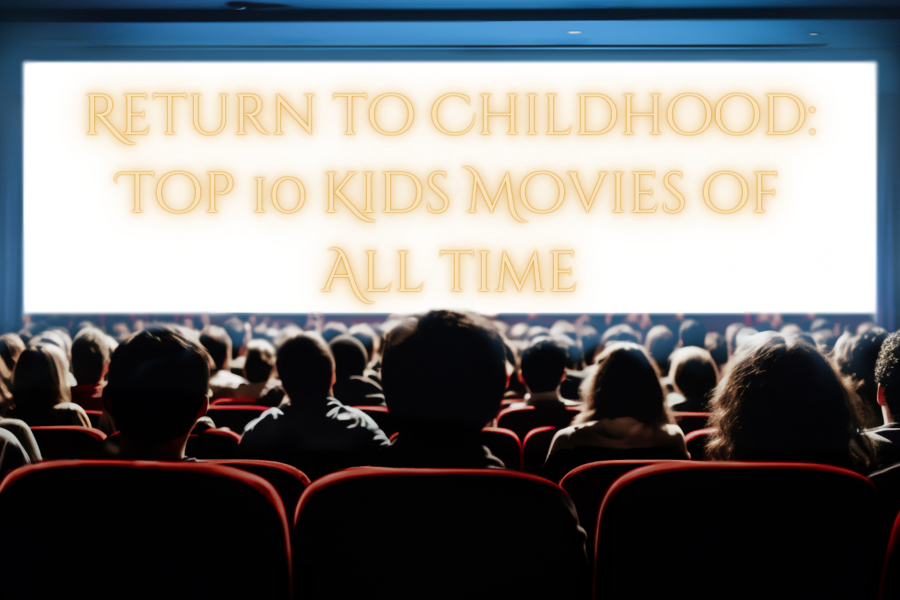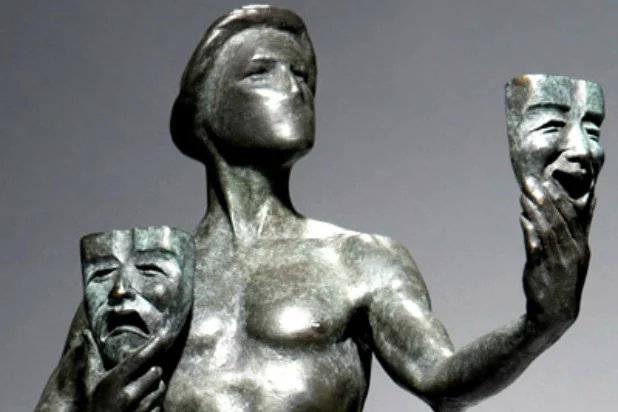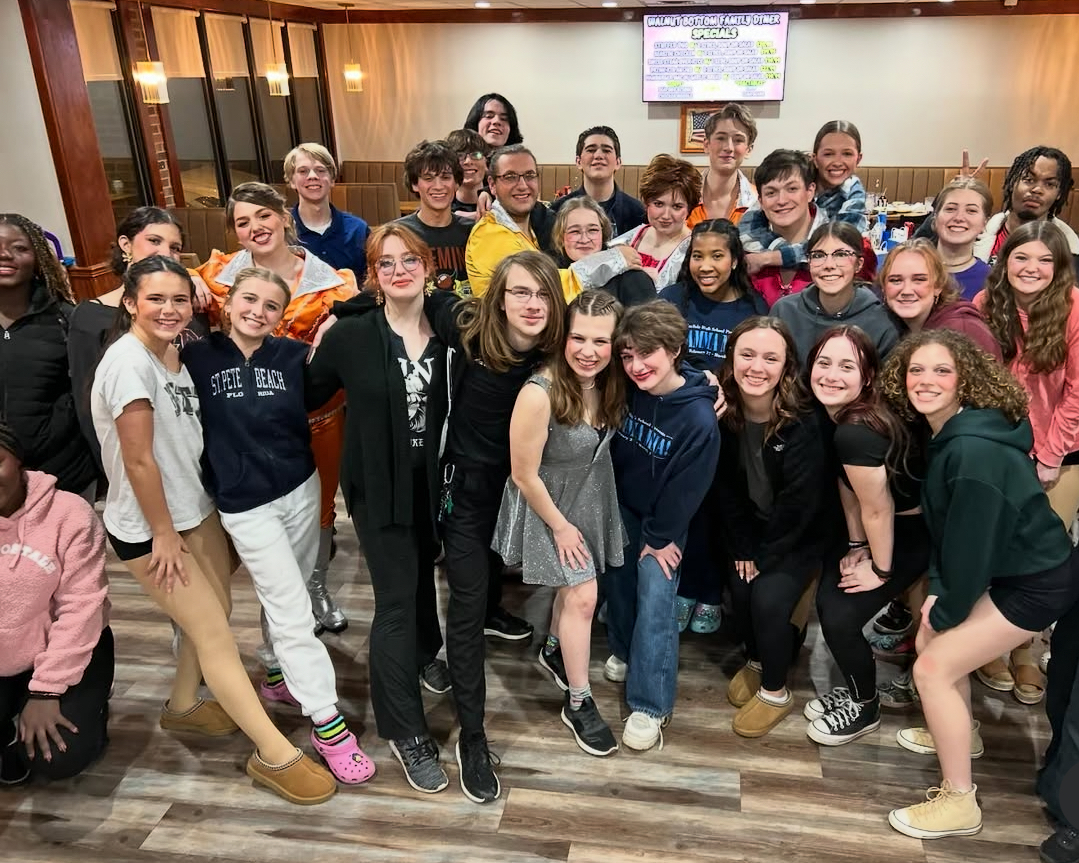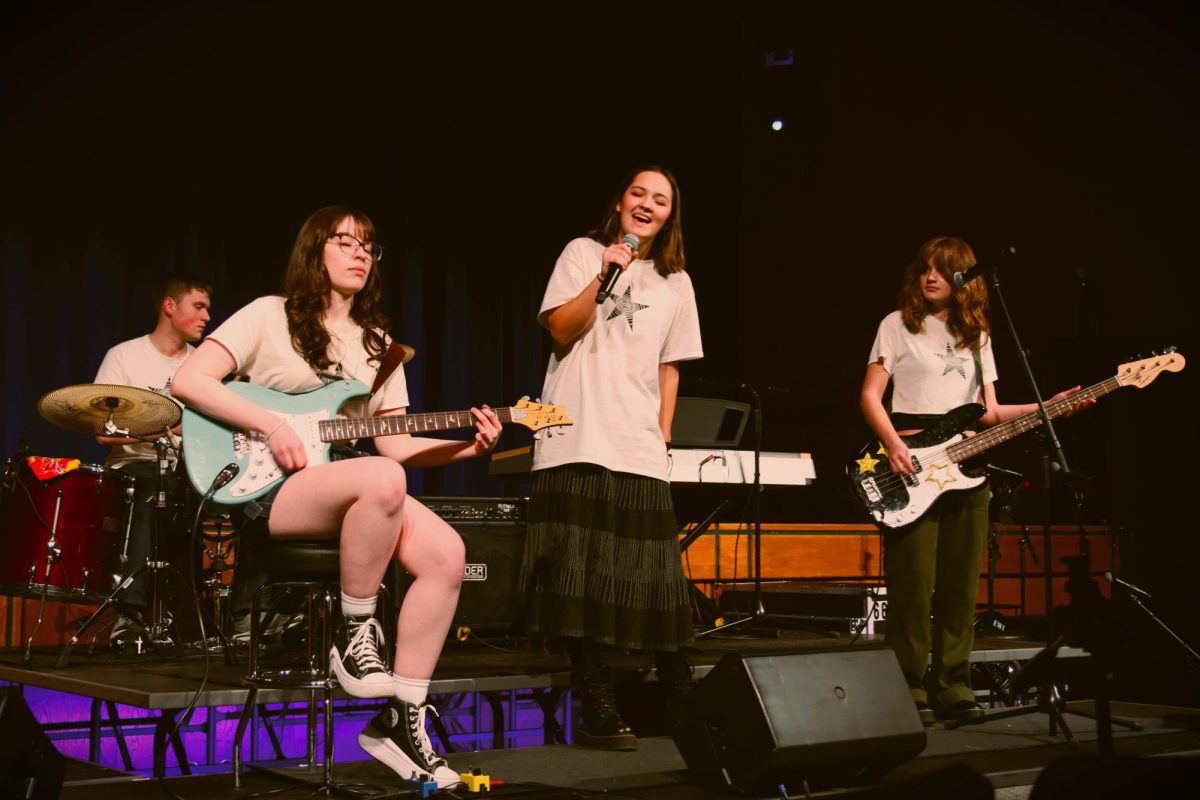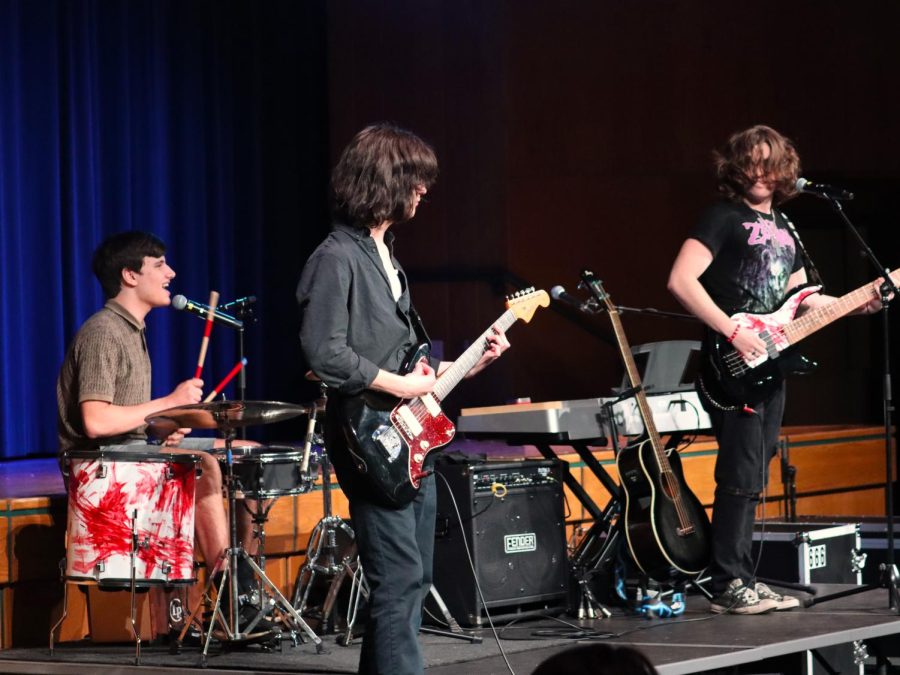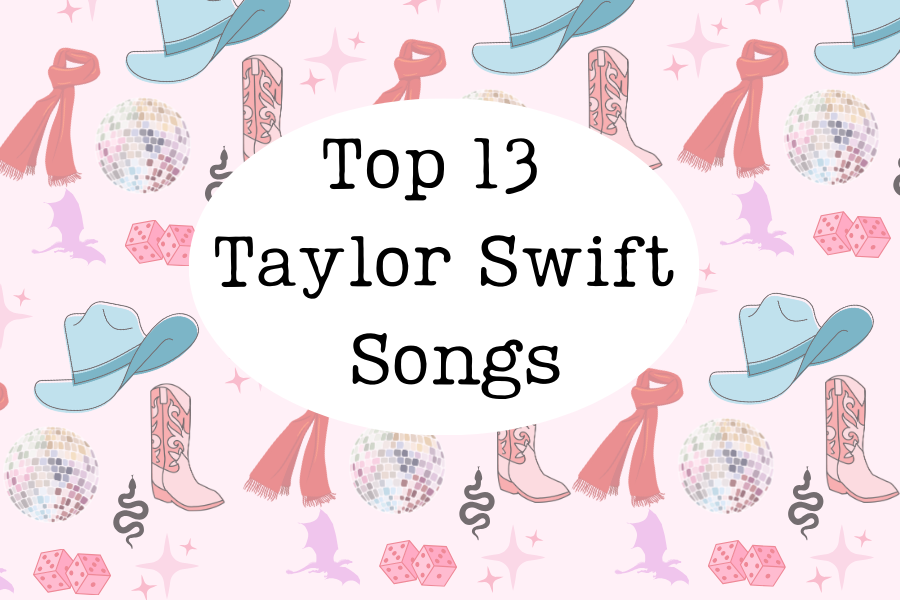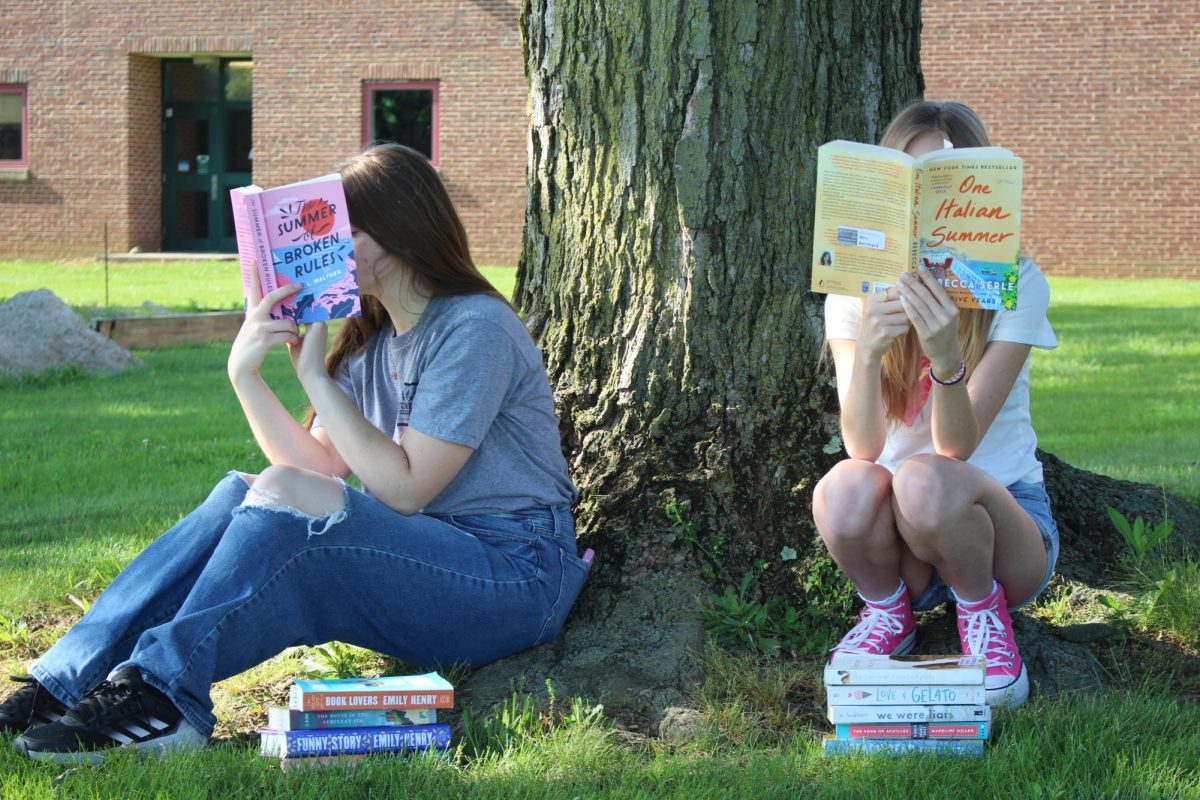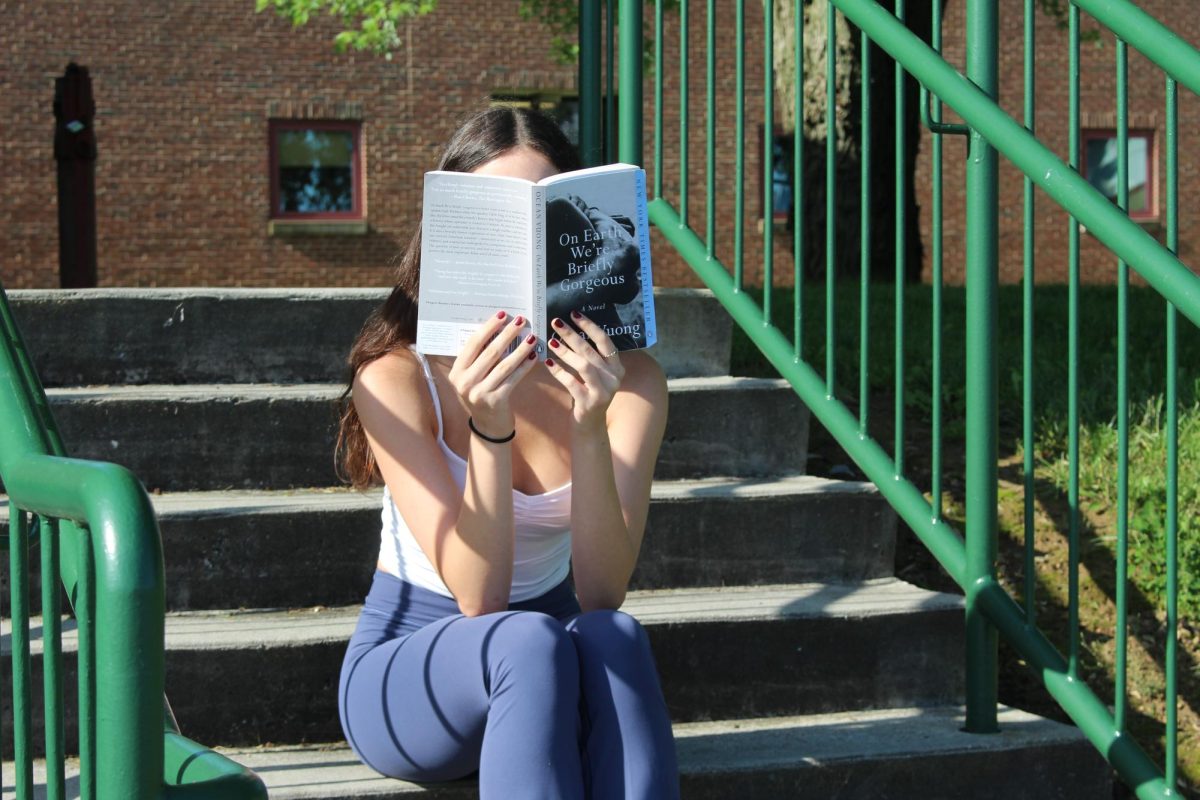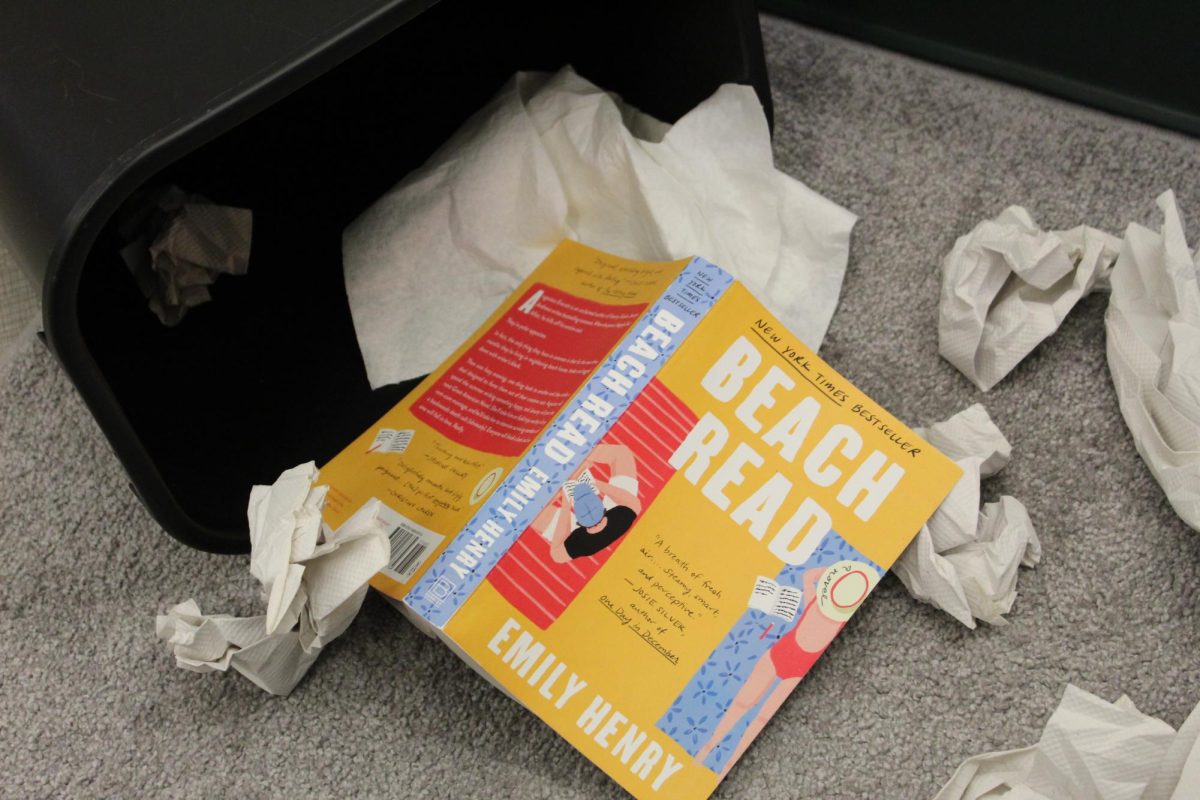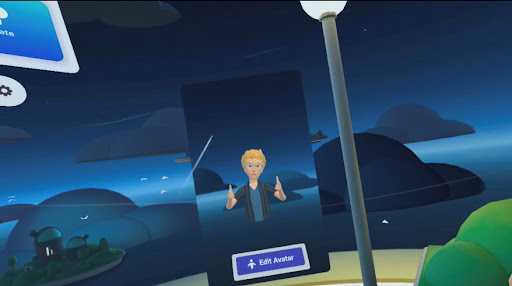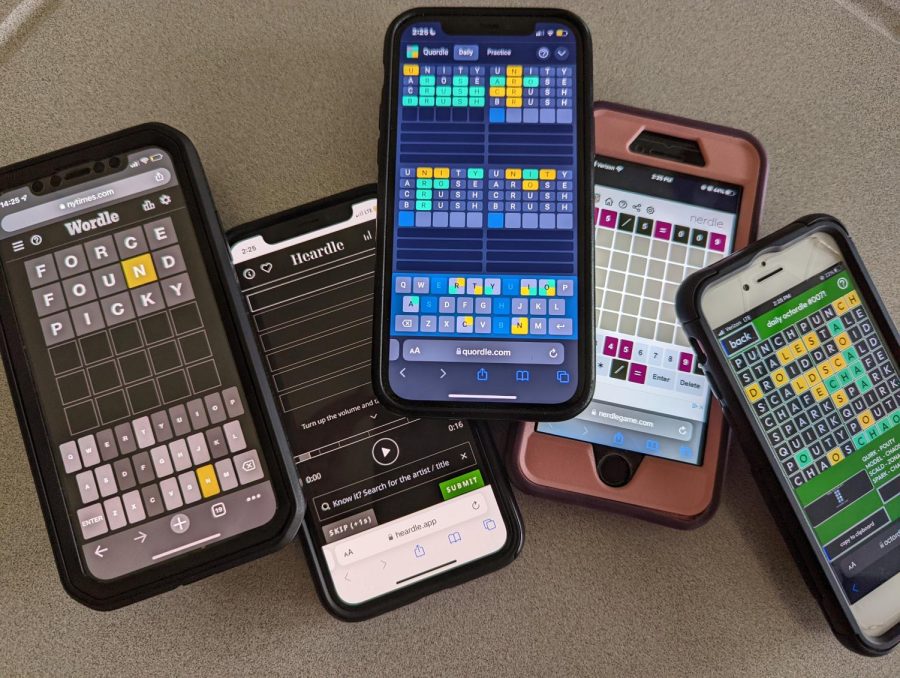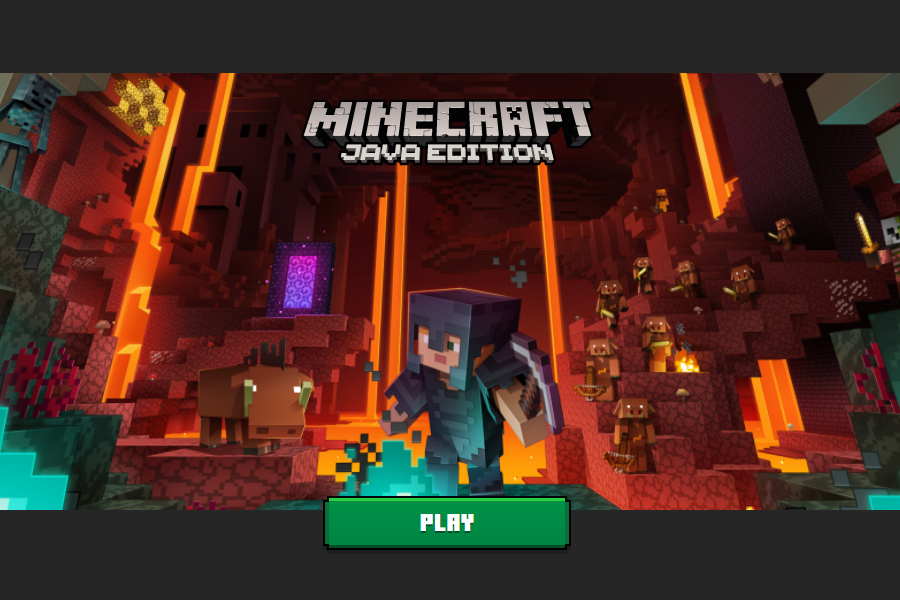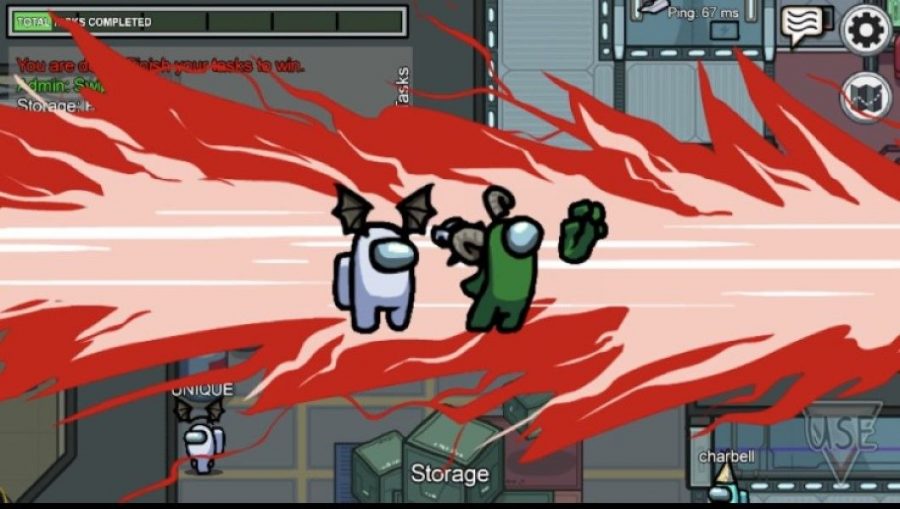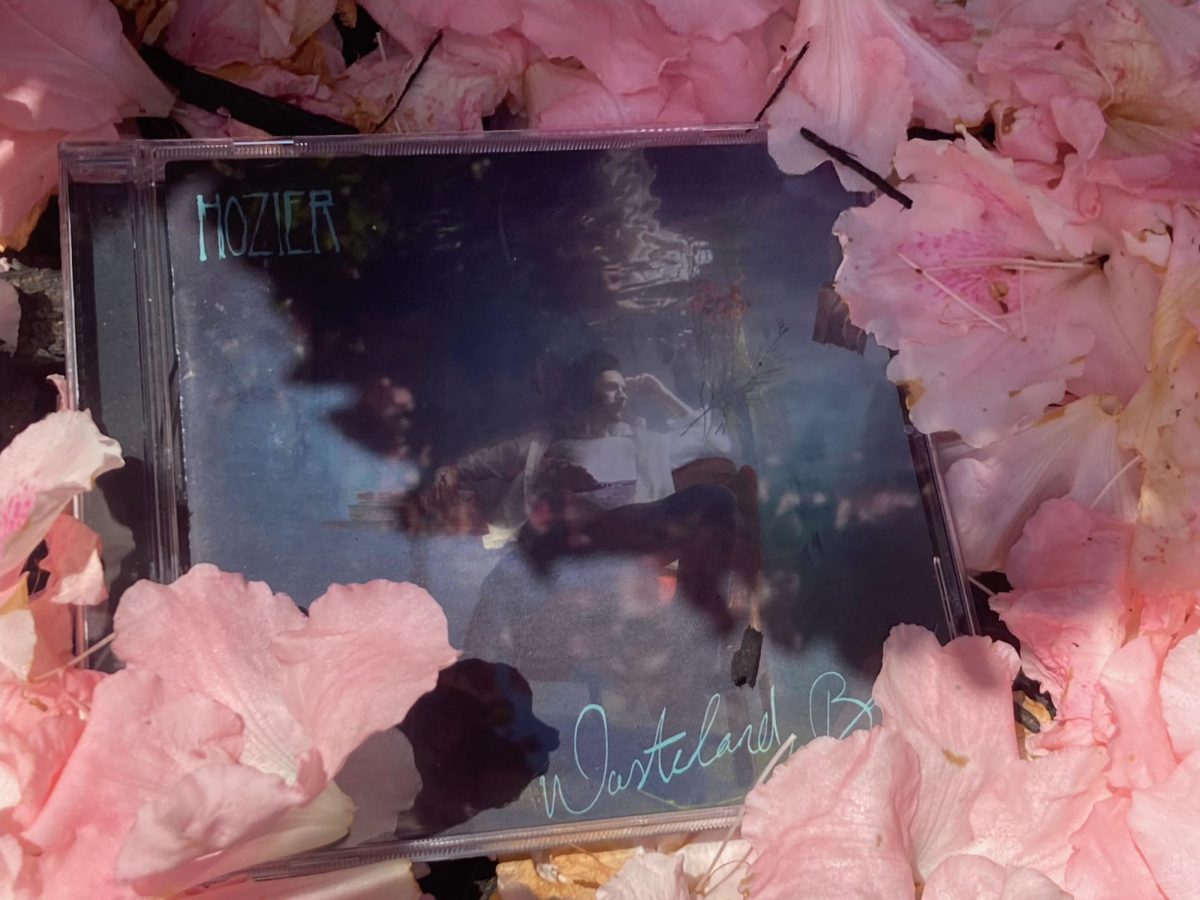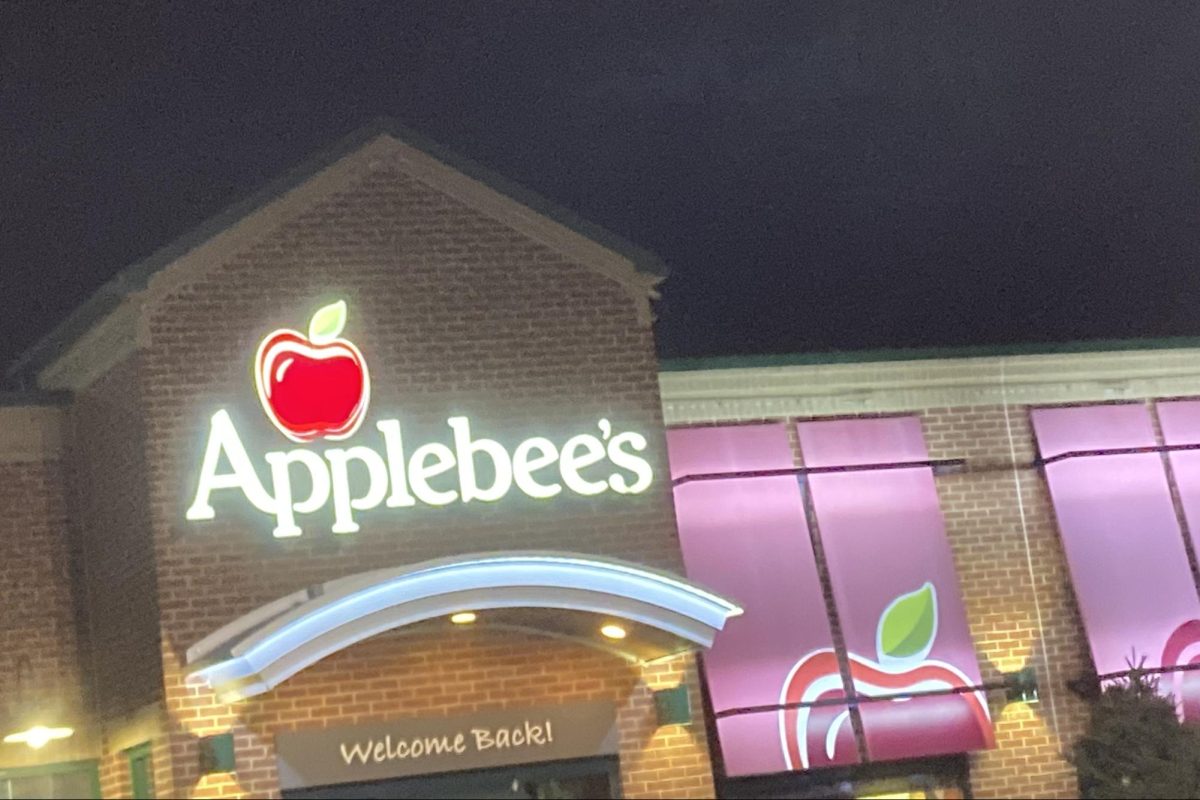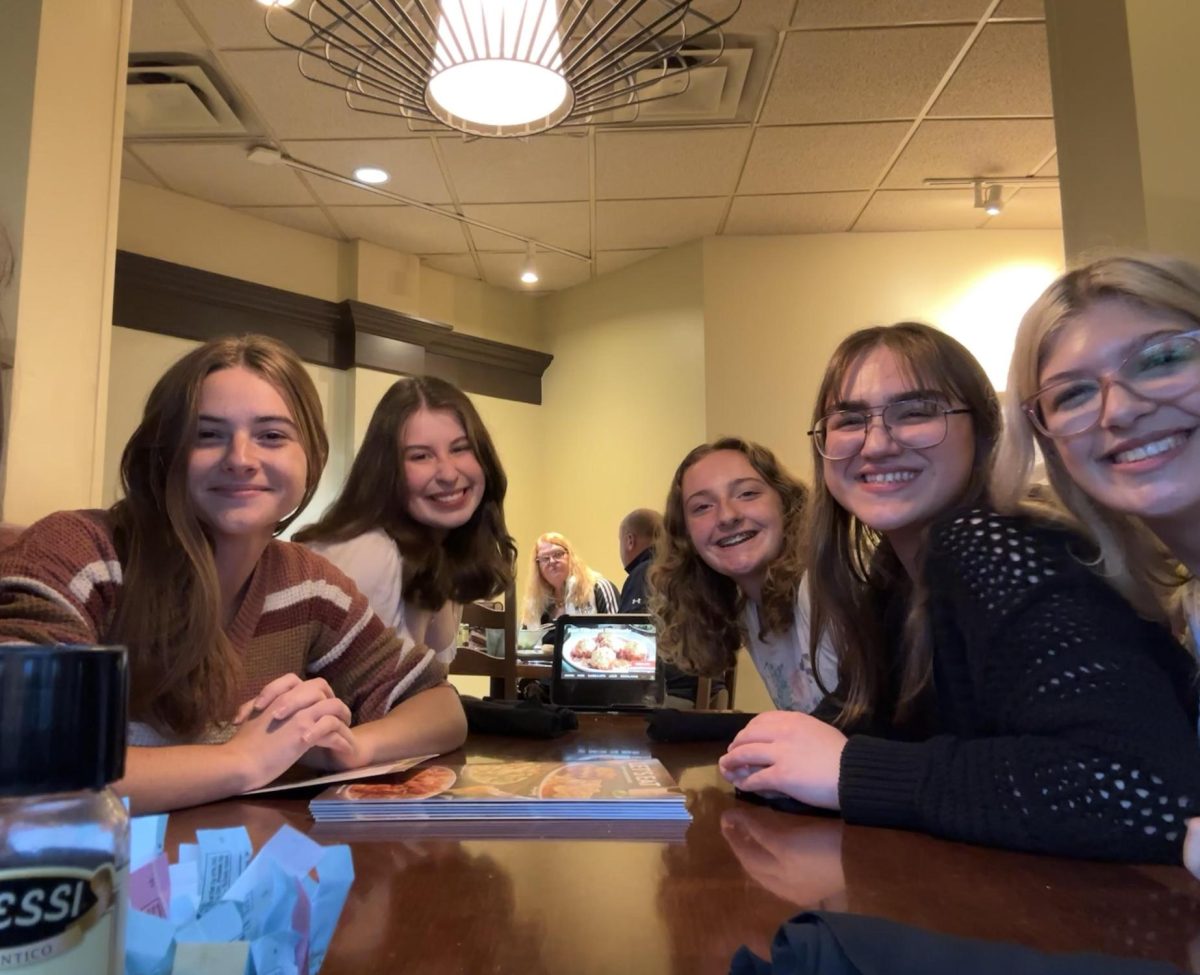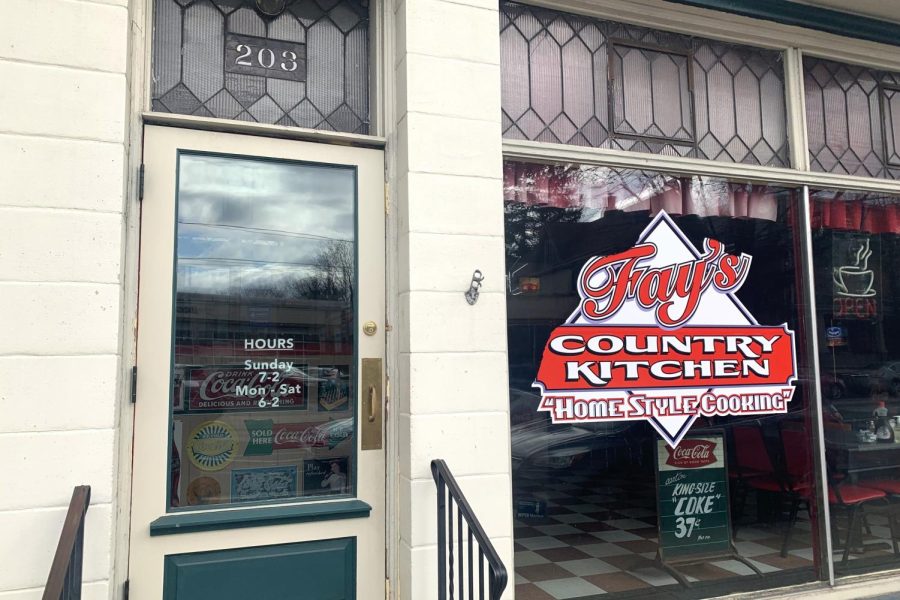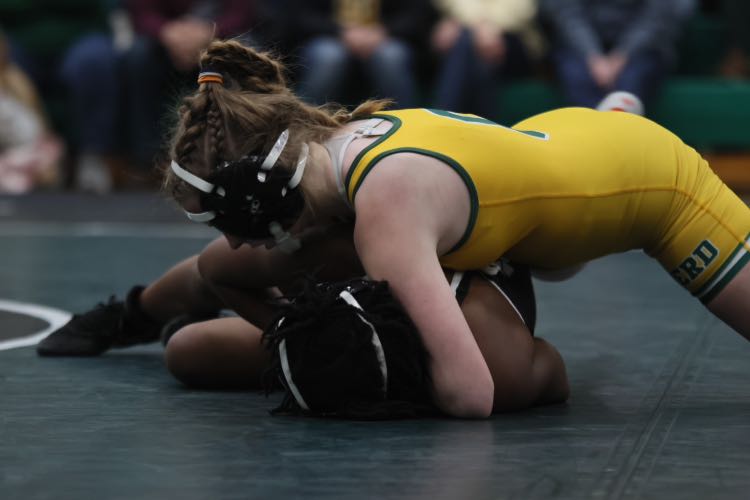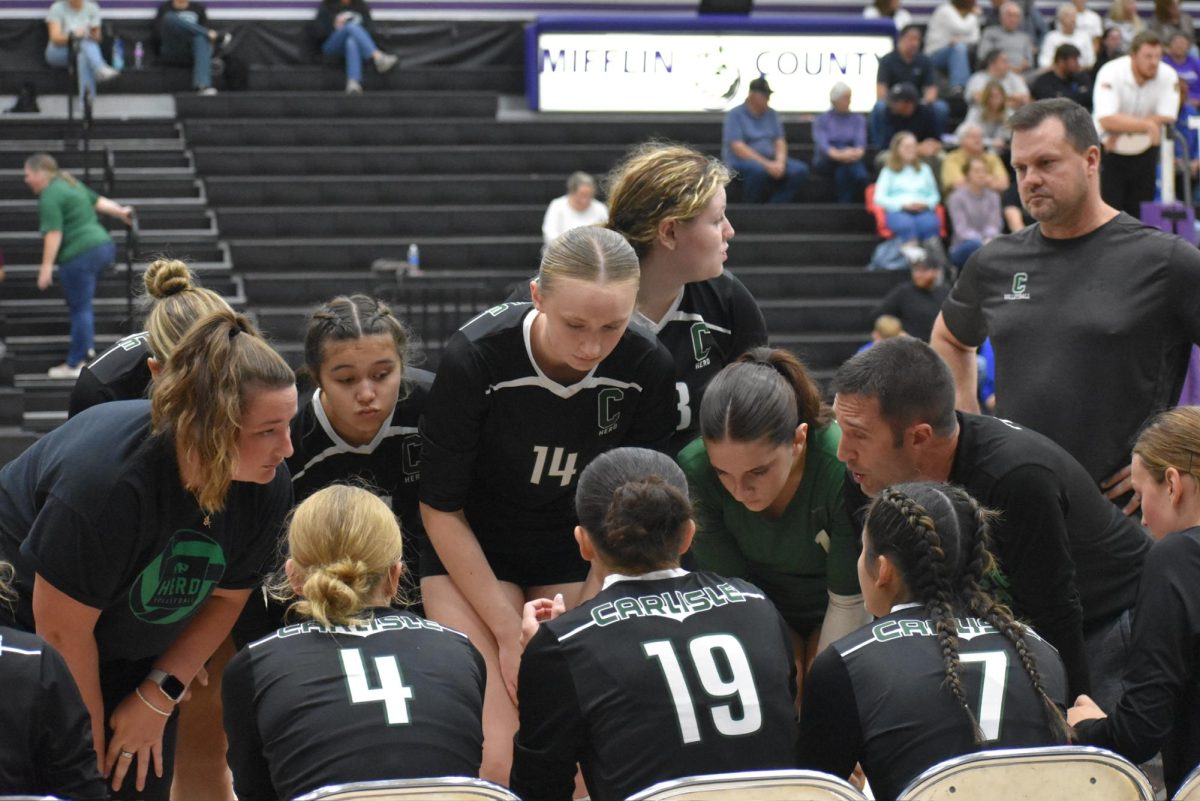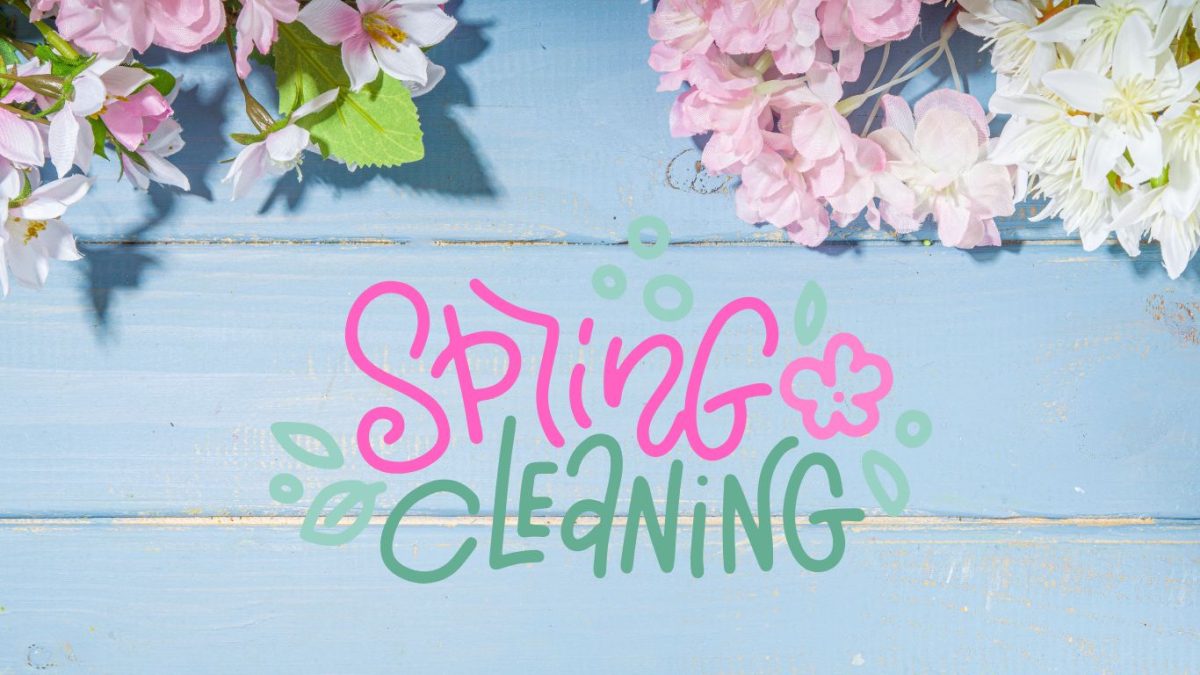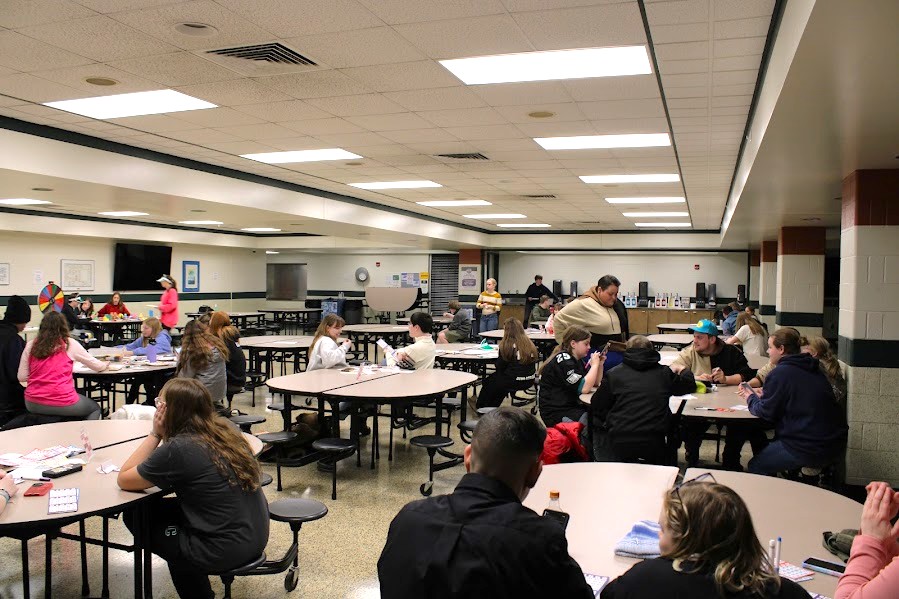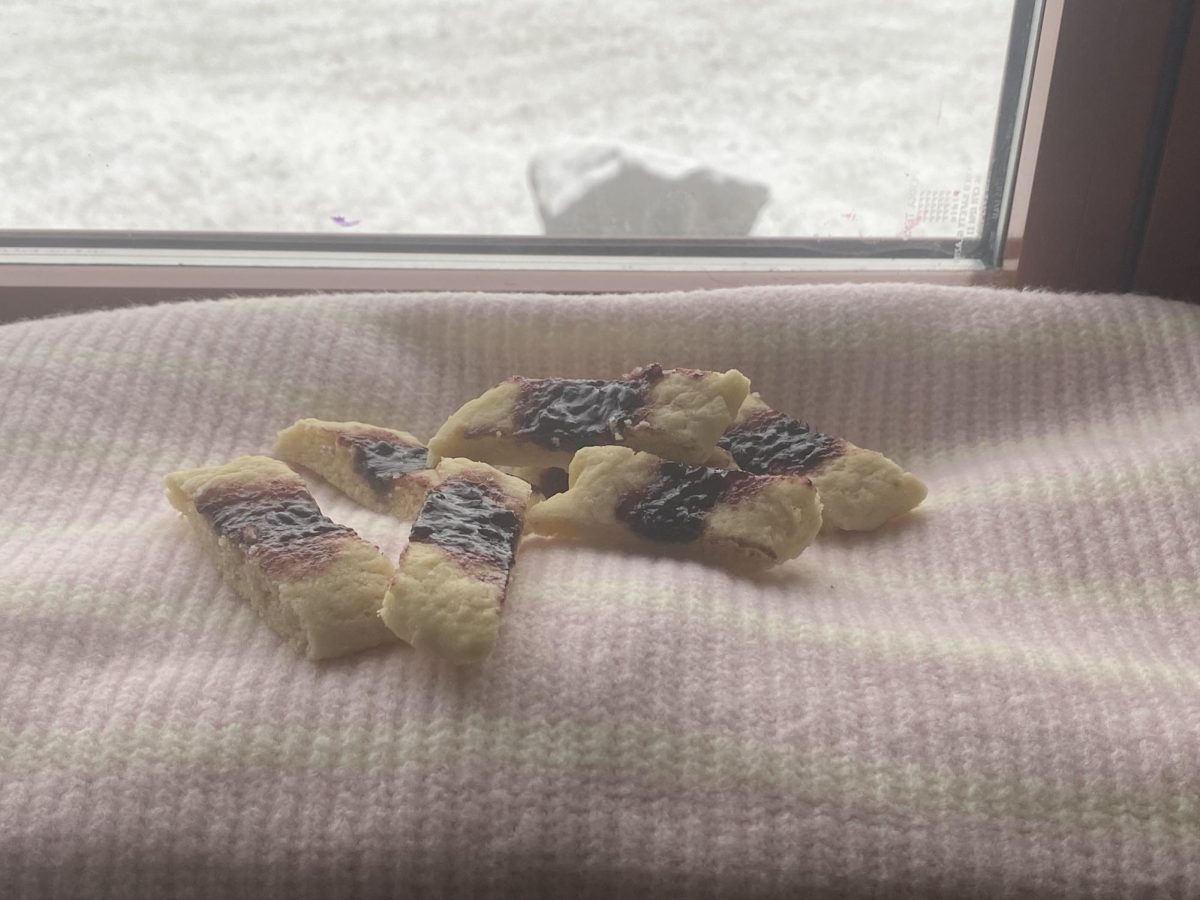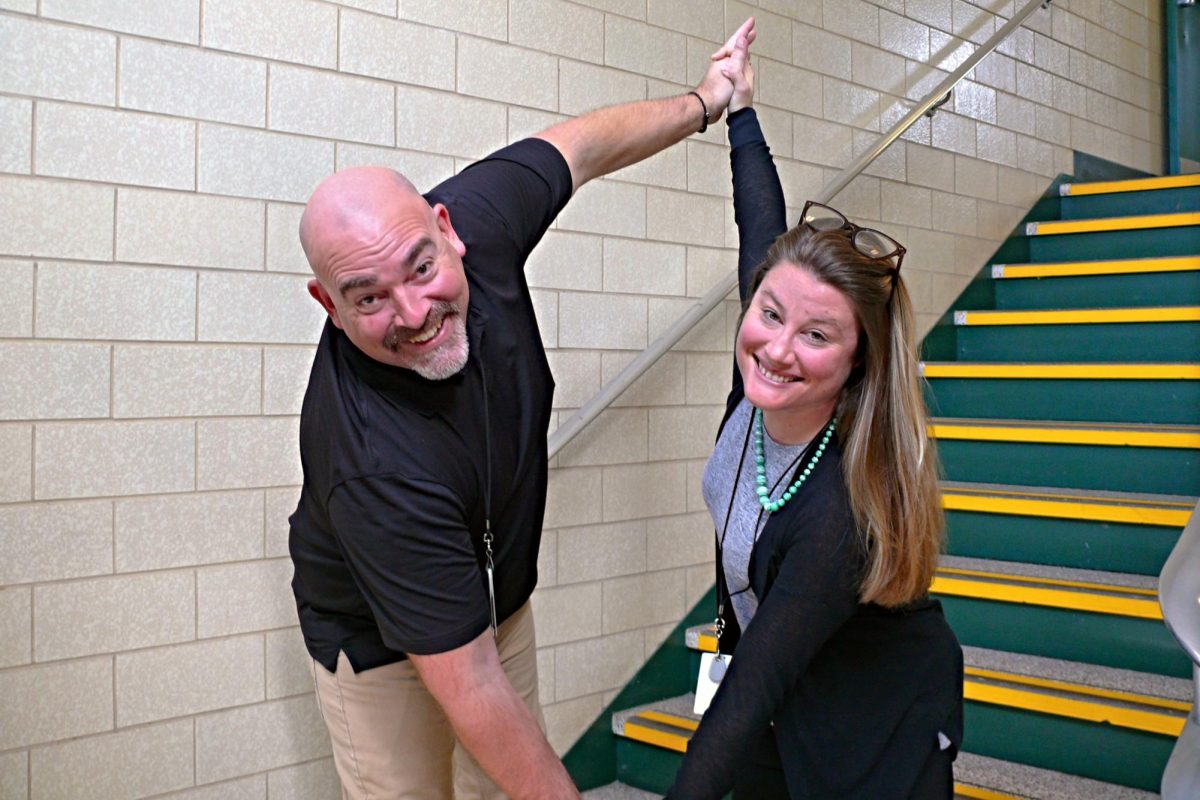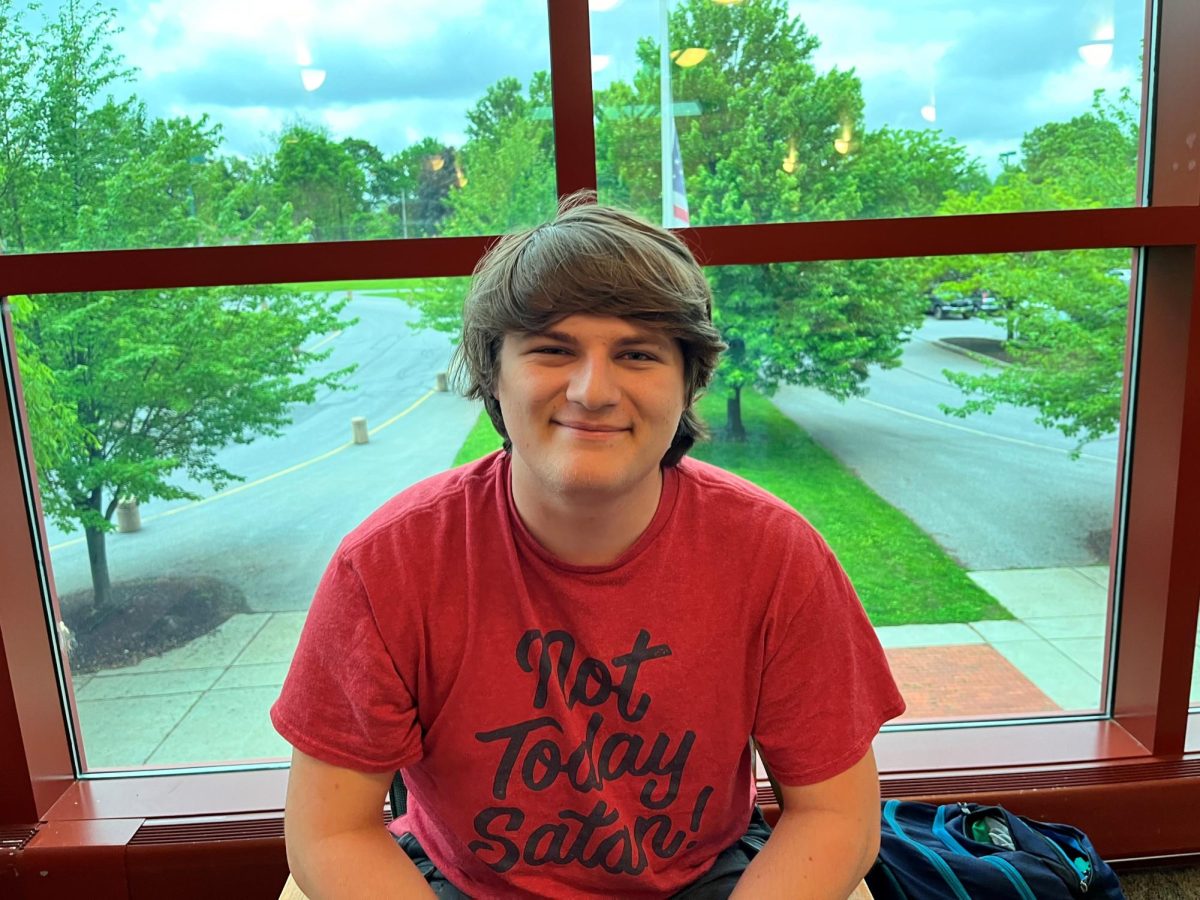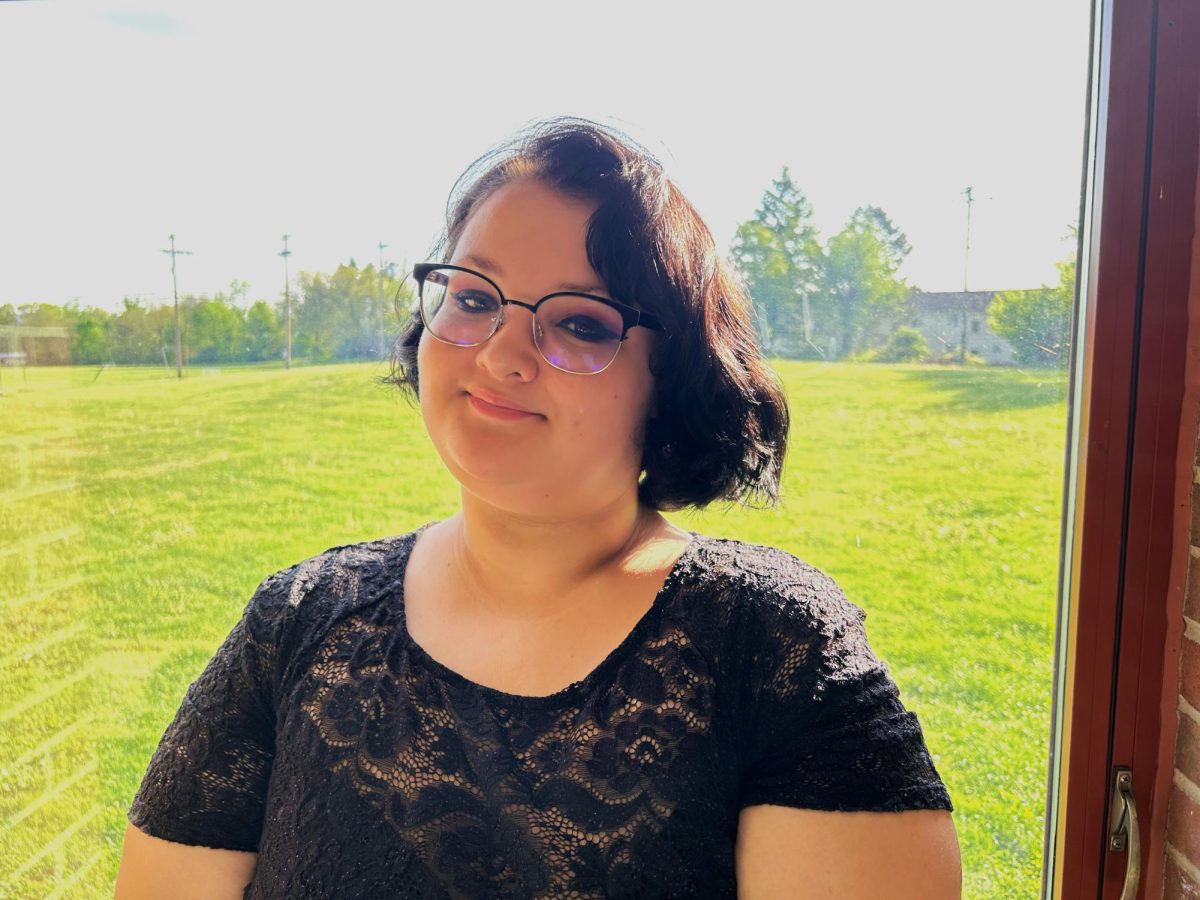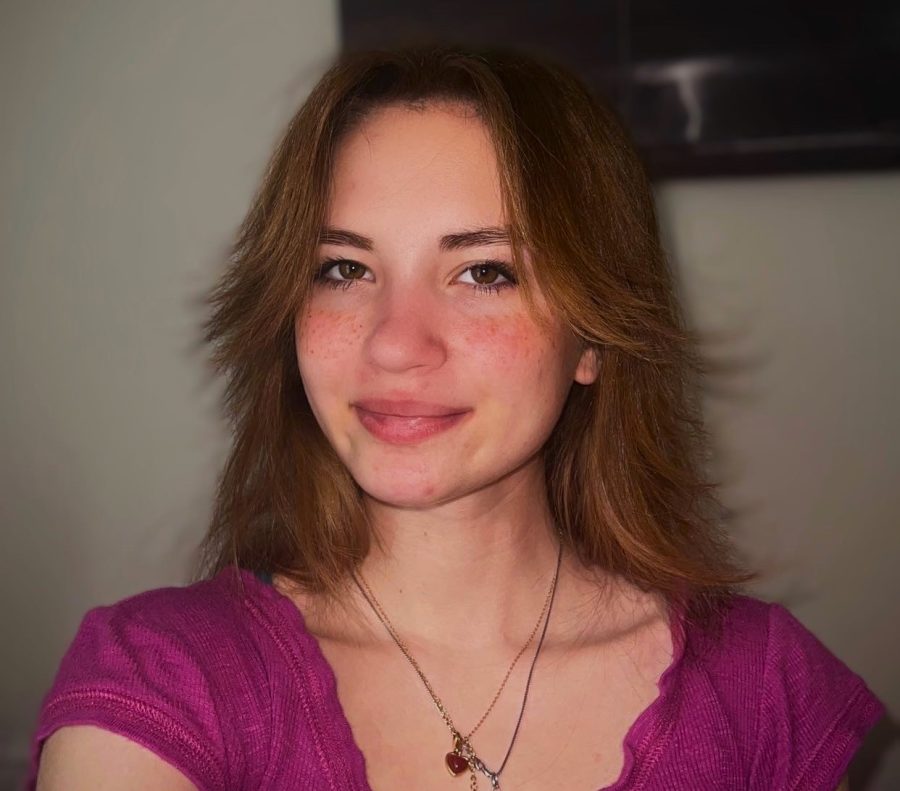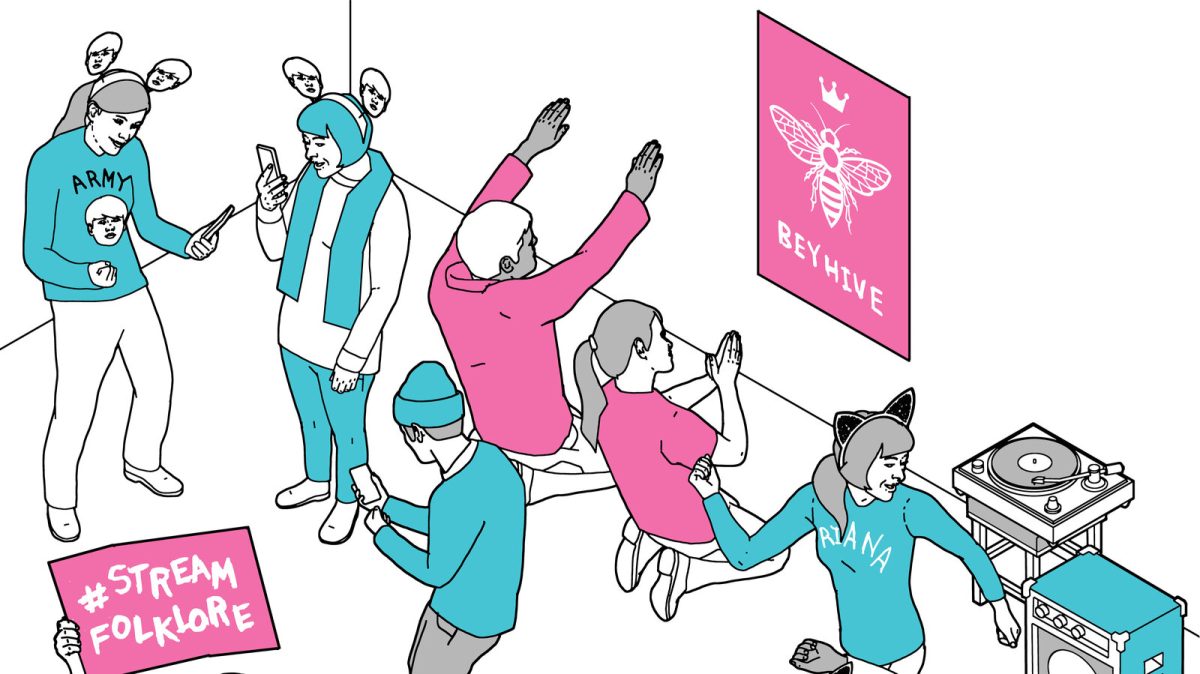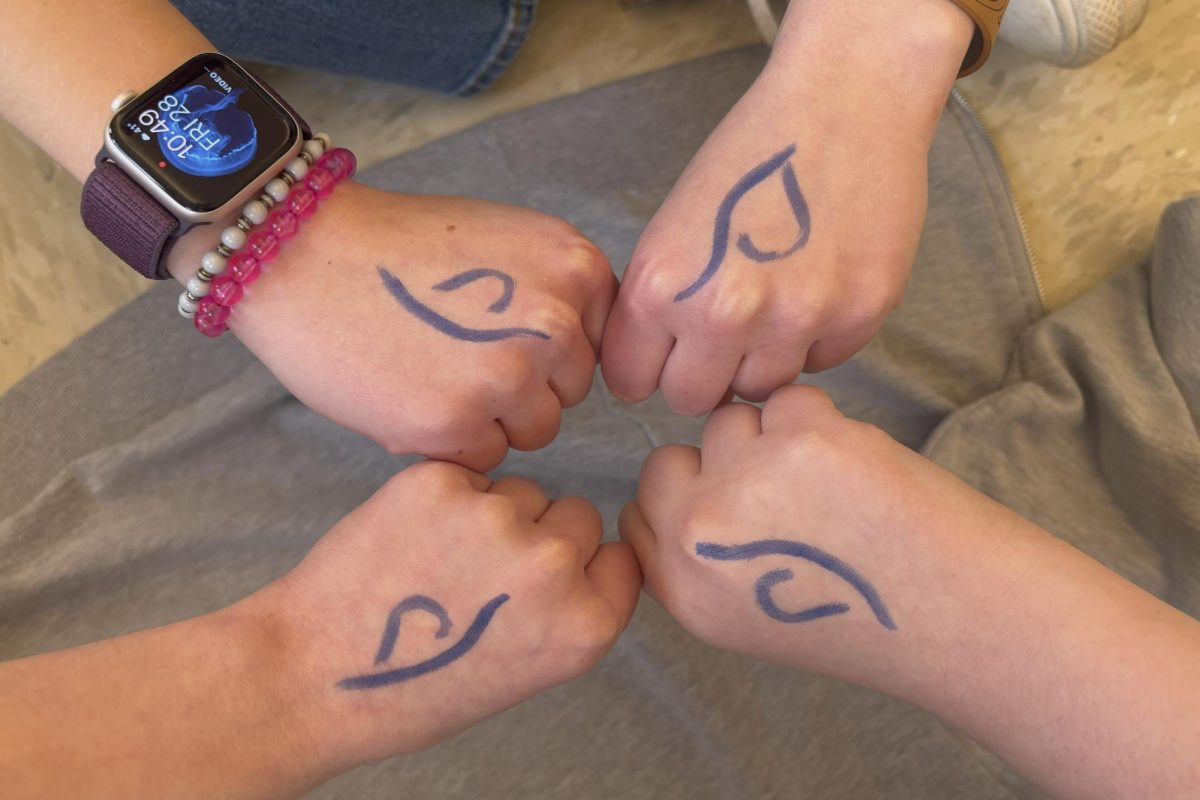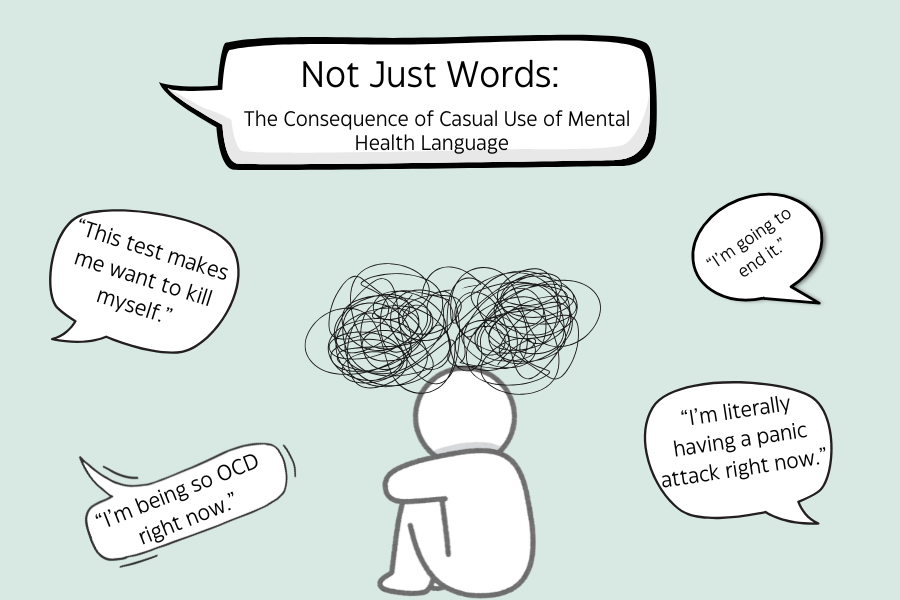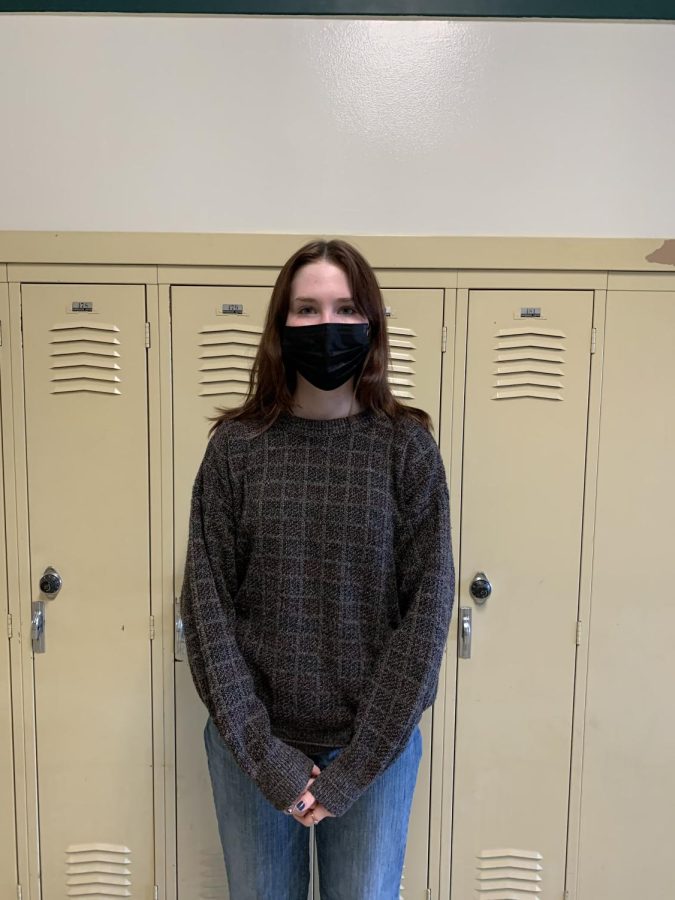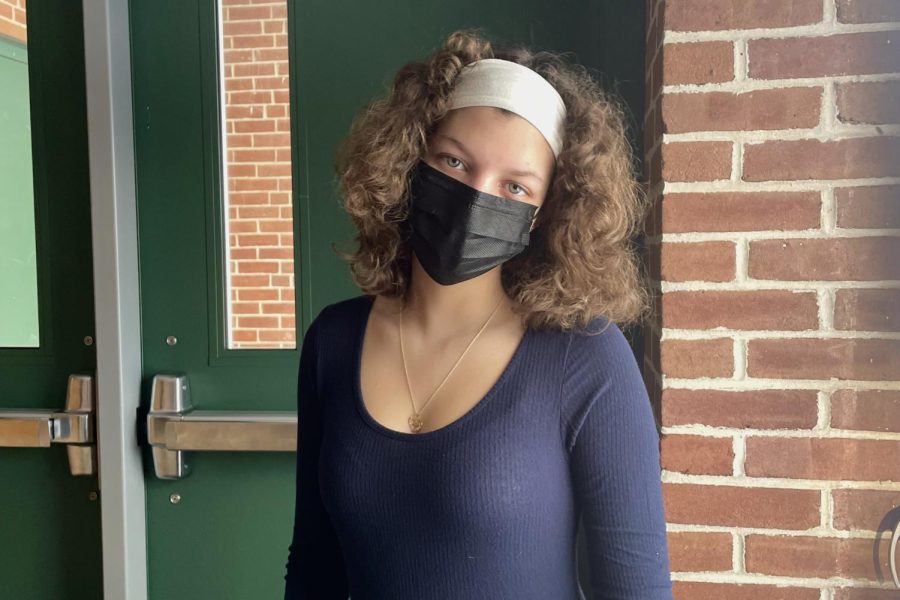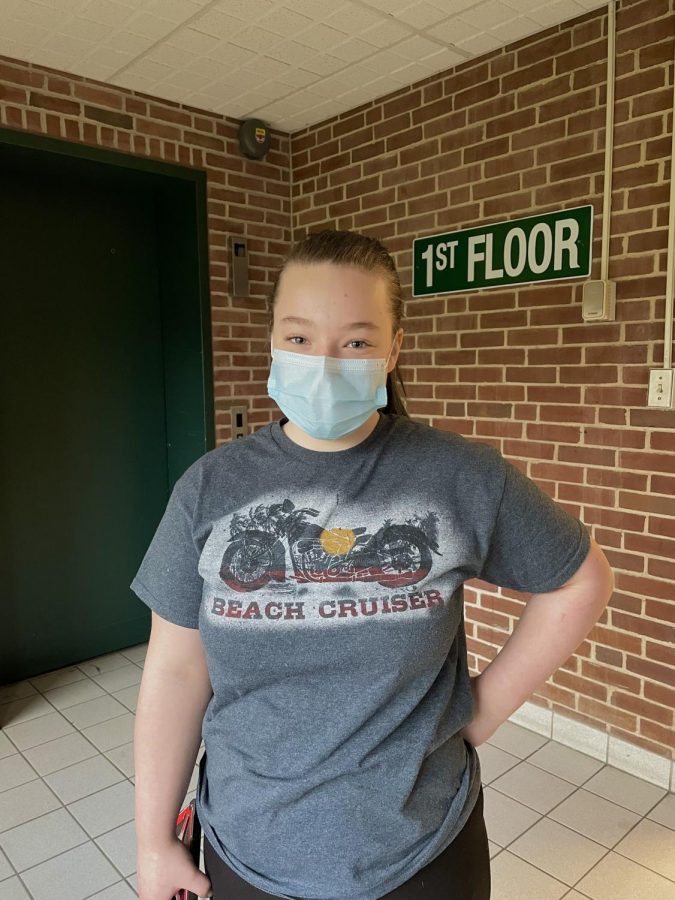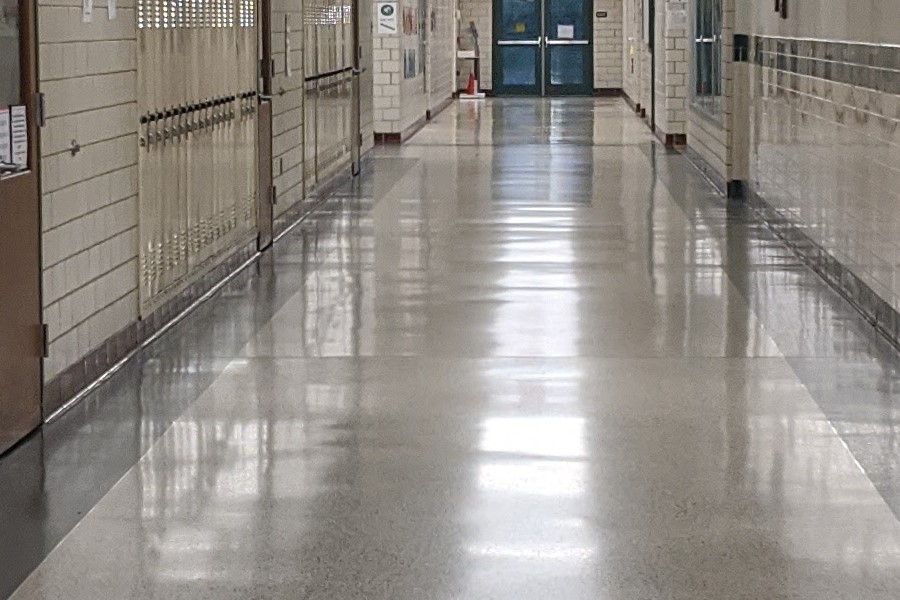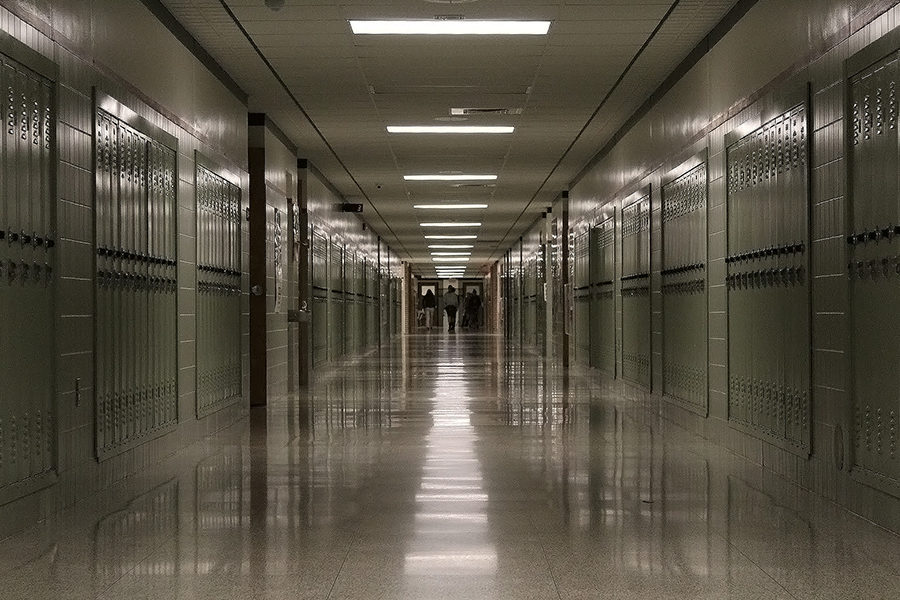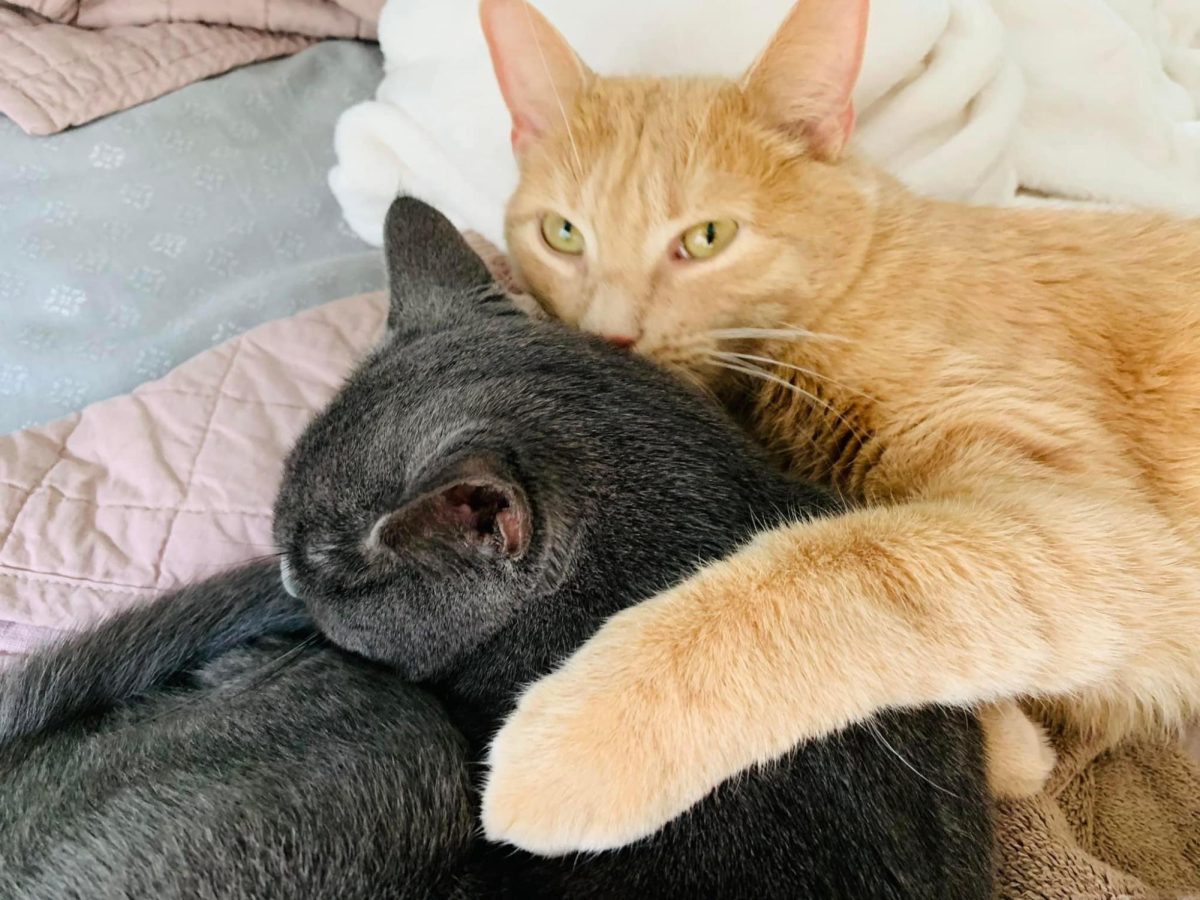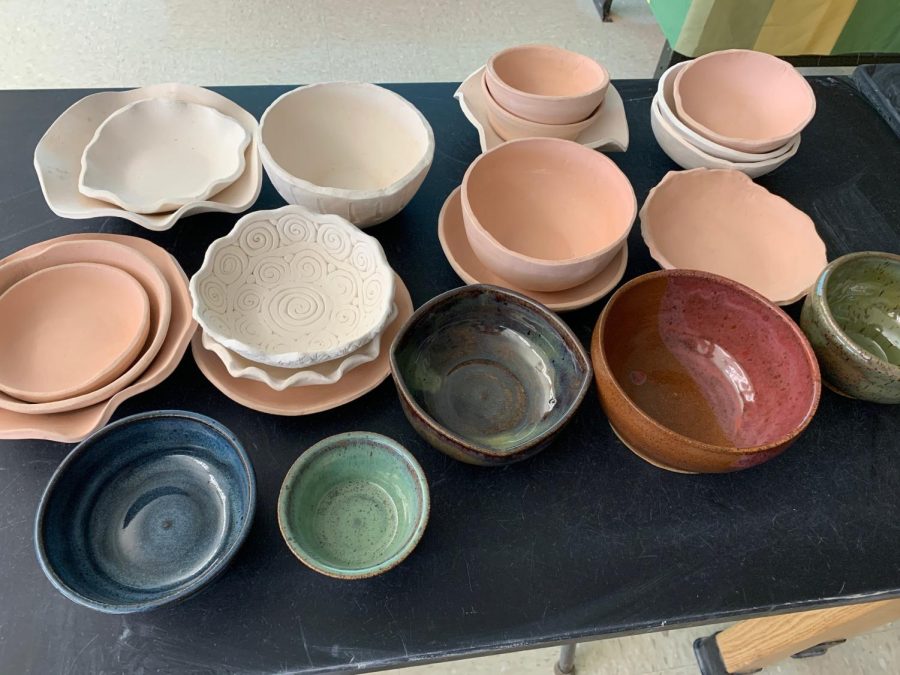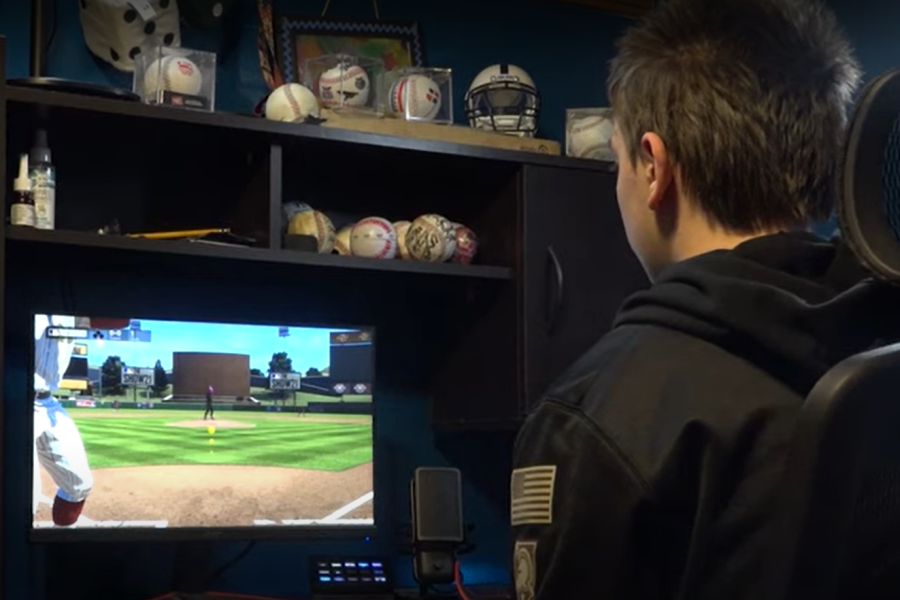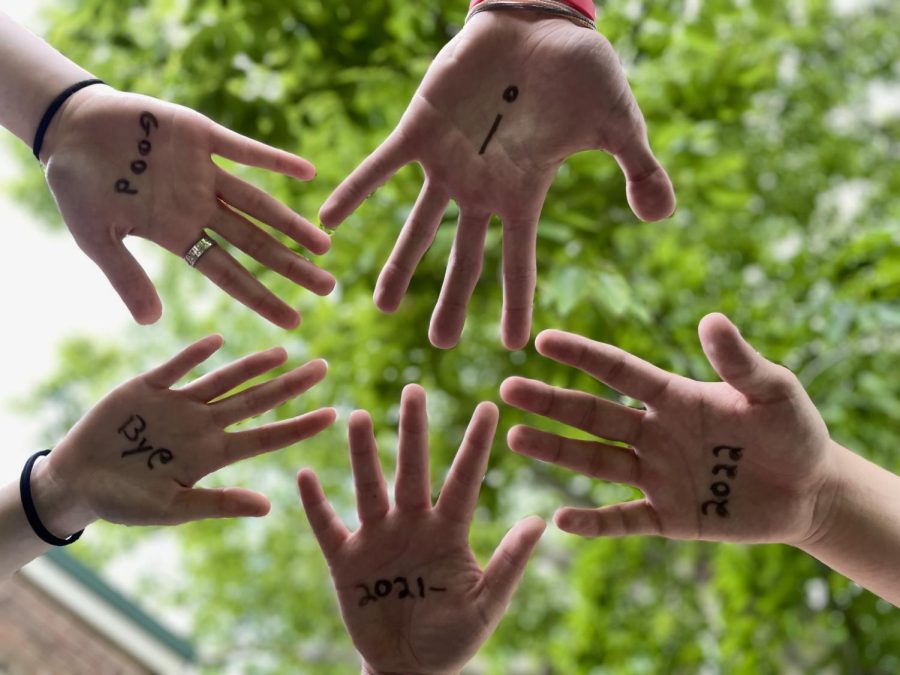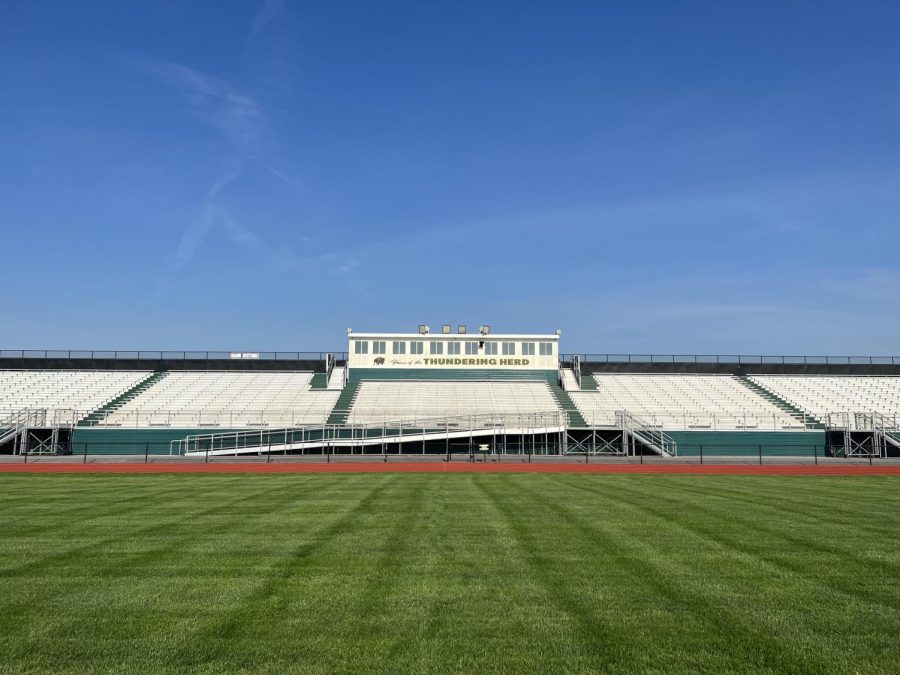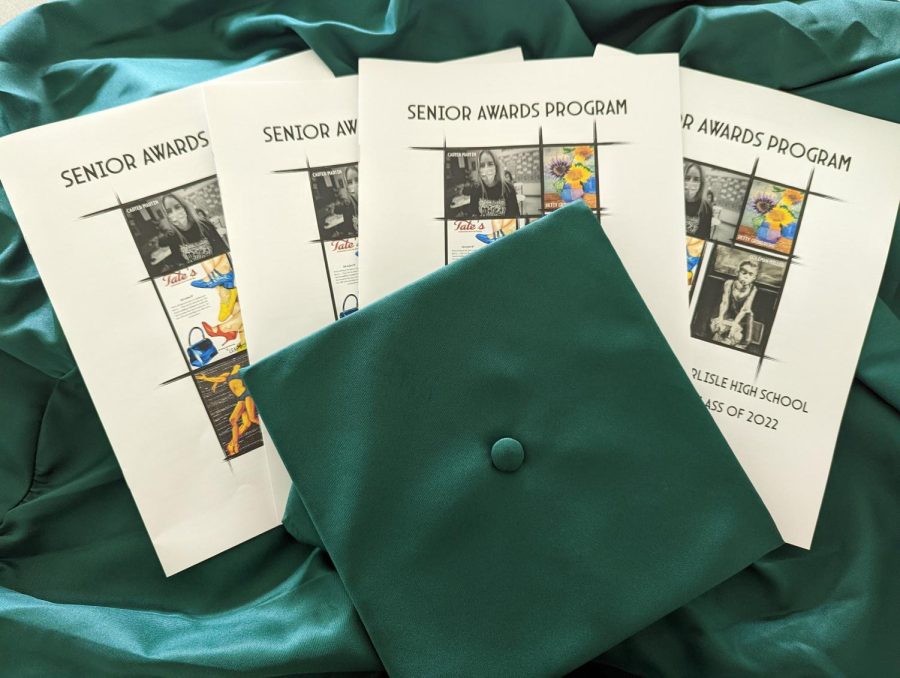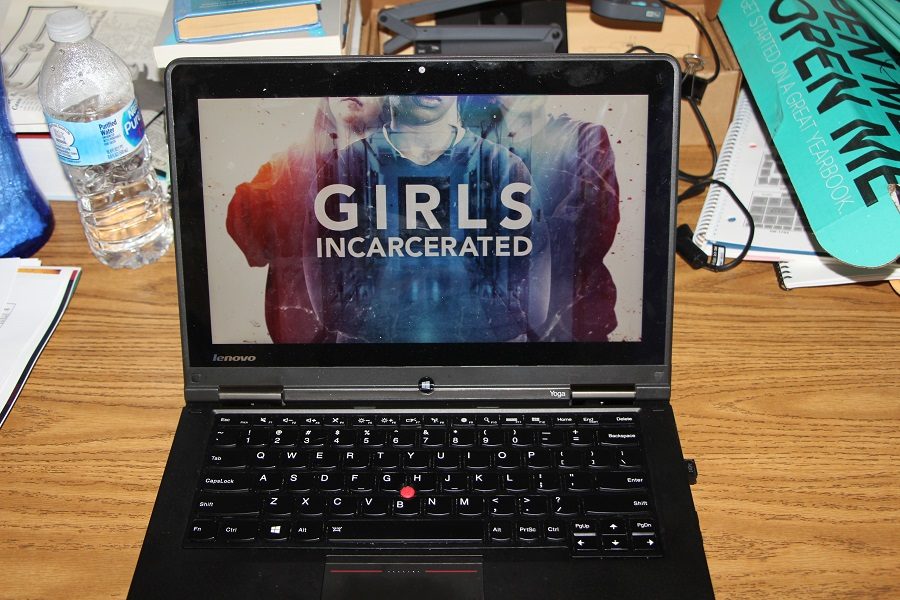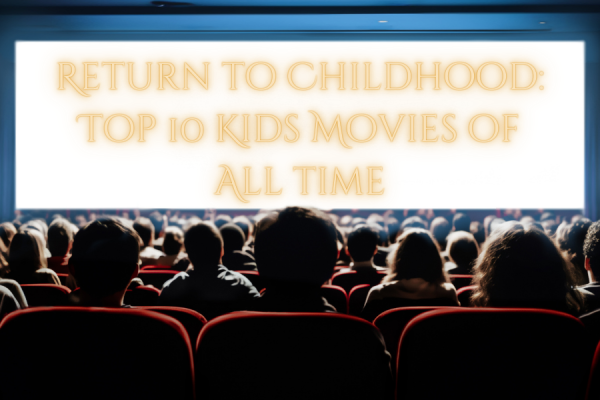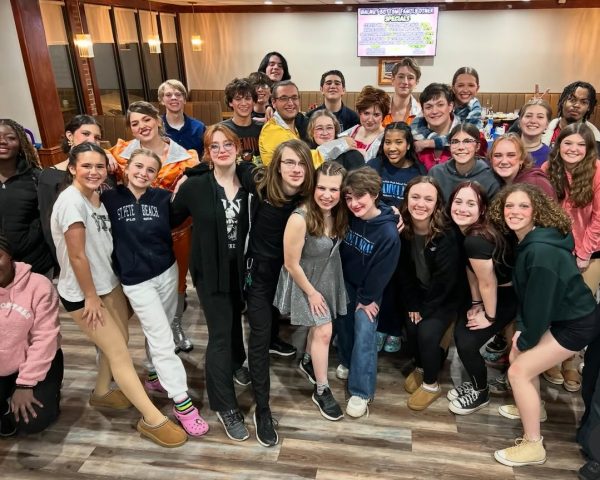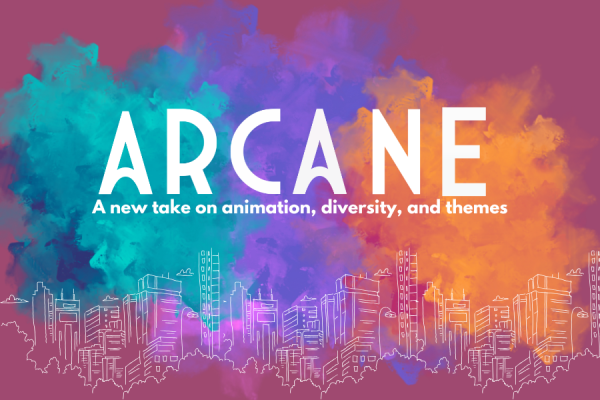Netflix original ‘Girls Incarcerated’ shows the importance of rehabilitation (Review)
The Netflix original “Girls Incarcerated” takes place in Madison, Indiana. The show follows multiple characters throughout their rehabilitation journeys.
Girls Incarcerated is an eight-episode Netflix original show featuring teen inmates at Madison Juvenile Correctional Facility in Madison, Indiana. Since the show was released, the facility has been closed.
This show highlights the struggles of the girls serving time in the correctional facility. The featured girls are often victims of a system stacked against them, while some of them are able to get a fresh start.
Brianna Guerra, 17, is just one of the students we meet on the show. The facility has a positive effect on Brianna after four years of her being in and out, but about a month after she was released on probation, she violated it and became temporally detained at another Indiana facility. Since then, she was released and has been staying out of trouble.
Najwa Pollard, 16, has the most heartbreaking story of them all. Najwa was first admitted at 14, since then she has completed her program, but cannot be released because she has no family to return home to. Even though this Najwa seems to remain lighthearted and cheerful.
Each episode follows the girls through a day in their life, a portion of each episode is set aside to have a one on one interview with the girls to dig a little deeper into their lives. Each story shows how their families and environment has an impact on their actions.
At the end of almost every episode, one girl gets released back home. Throughout the following episodes, you will be able to reconnect with them and see if they changed or fell back into old habits.
Some of the staff at Madison are truly great and care about the girls, like Jacie Minnick, a counselor who appears for the first few episodes. She has a great impact on the girls because she takes the time to talk to the girls and try to fix any issues. Eventually, she leaves Madison to further her education and career. Others act like they don’t care at all and seem to just be there for the paycheck.
The series shows how important rehabilitation is instead of punishment. At the high school graduation the program’s principal describes the situation best: “If there’s one thing this place needs, it’s for the students to dream and not be defined by the fact that they’re here.”
Want to help the Herd? Please consider supporting the Periscope program. Your donation will support the student journalists of CHS and allow us to purchase equipment, send students to workshops/camps, and cover our annual website hosting costs.

Releigh Norrell is currently a sophomore at Carlisle Area High School and this is her second year on staff. Releigh loves dogs and spending time with her...

Carol Etzel is a senior at Carlisle High School. This is her second year as Magazine Editor-in-Chief. Along with Periscope, she also plays the clarinet...


